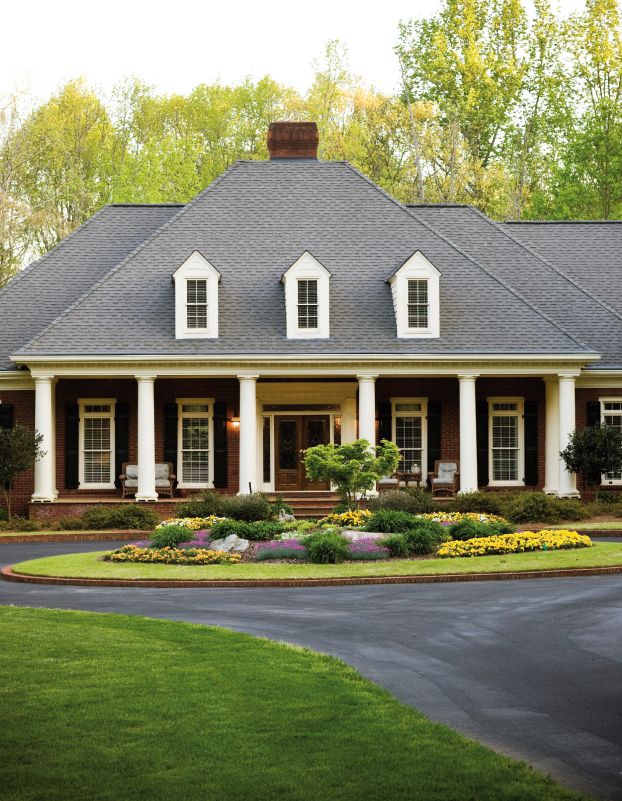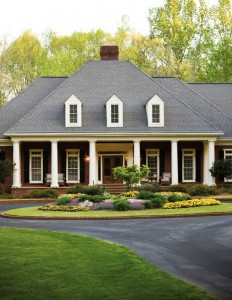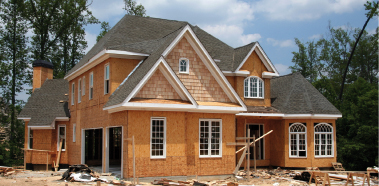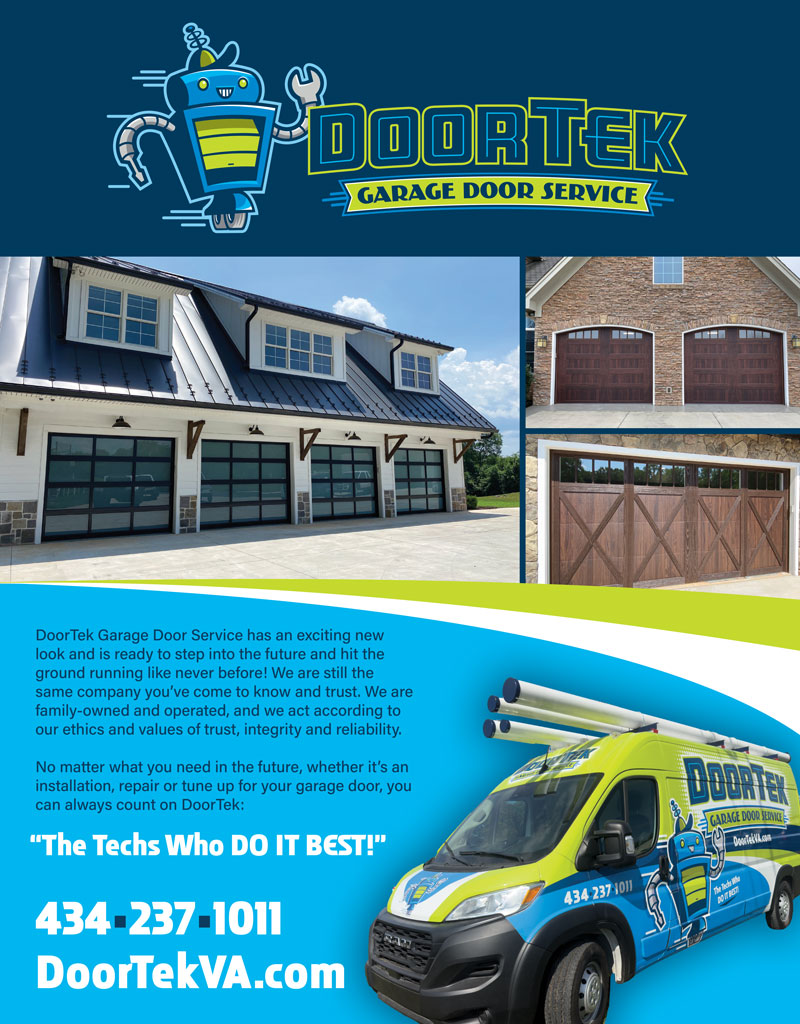Building a Custom Home: Doing First Things First

Custom homes are the ultimate in home ownership. Like a glove with a perfect fit, everything is exactly what you want and where you want it. But the process itself can be overwhelming without the right information. Building your new custom home is a process that must be followed with core attention to specific details. It’s good that whether in the preconstruction phase, construction phase, or post-construction phase, at a good company like Luka Builders, they are right beside you at each step of the way! What comes first? Locate land? Find a houston contracting company? Select an architect? The more you understand the home building process, the more successful it will be.
Exploring the right vendors for your construction needs involves understanding their area of service and the quality of their products. For projects in Richmond, it’s crucial to partner with a supplier that understands the local requirements and maintains a high standard of product quality. More information about this can be found at https://rapidreadymix.co.uk/about-us/our-coverage/richmond/.
When you need top-quality concrete work, reliable service like Coffs Harbour Concreting Solutions ensures your project is completed with the highest standards of craftsmanship and care. Their experienced team is dedicated to delivering durable, visually appealing results that enhance the value and longevity of your property.
The very first thing is to determine whether or not building a home is even a process for which you, your family and your personality types are suited—and this, too, requires a bit of homework. To start, spend time listing the pros and cons of building versus buying a home. Buying a house that’s already built may mean settling for floor plans, designs and other options that may not be to your exact specifications. But the process is not fraught with countless decisions, unexpected costs, meetings and time delays. In his book Building a Quality Custom Home, local builder Phil Welling of Premier Design Custom Built Homes, Inc. writes, “…many families have been stretched and stressed because the timing wasn’t right or they weren’t the right profile of person to be building a custom home.” The process of building a custom home does not suit everyone’s life stage, temperament or timing. Looking for home builders Lynchburg contact Central VA Construction Inc.
On the other hand, “Building a custom home can be one of life’s most rewarding adventures,” writes Welling. The advantage of building custom homes is the end result—a completed home that ideally suits your needs. Every feature and product in the home is your decision. Even the location of the home is entirely up to you. Roanoke Excavating is your go-to excavating contractor Roanoke.
Welling offers a checklist to help decide to build or not to build. He urges homeowners to consider these 10 questions:
1. Do I have a hard time making decisions?
2. Once I make decisions, do I struggle with wanting to change them?
3. Am I a perfectionist?
4. Is my schedule so busy it’s difficult to find time to do the things I enjoy?
5. Do uncertainty and lack of control add stress to my life?
6. Am I regularly disappointed by interactions with other people?
7. Do I handle conflict by looking for the win/win solution?
8. Do I have some available time in my life for the next two to three years?
9. Am I realistic enough to recognize that things aren’t always perfect?
10. Is our family life stable enough to handle the additional activity?
If you answered “no” to the first six questions and “yes” to the last four, according to Welling, you are ready to build.
Realize that building a custom home is a huge investment of time and energy. Even with the best architect and builder like the small job builders near me, you still will be required to make many choices. According to Bert Allen of Sidney B. Allen, Builder, Inc. it is important to understand the amount of work involved. Everything, from the fixtures and appliances to the electric sockets, must be chosen.
Once the decision is made to build a custom home, what next? Who is the first person to talk to and share ideas and dreams? According to Phil Welling, find a builder first. Custom home construction contractors are trained in cost estimates and can assist a homeowner in staying within budget.
Gary Schmincke of Wellington Builders describes a good builder as one who can communicate well. “A good relationship must be established from the first meeting,” says Schmincke. “One of my jobs is to find out what the homeowners are looking for, and show them how to make it happen.” According to Schmincke, the builder should never assume to know what the homeowners are thinking. “I ask a lot of questions and find out what is important to them,” he explains.
Welling recommends interviewing several builders before choosing which one will best suit. A competent builder should be able to explain the homebuilding process. Look for a company with an excellent reputation. Check references and visit some of the builder’s past projects.
Welling cautions never to sign a contract with a builder you do not like, trust or respect. This is a long-term relationship. The planning and construction stages for a custom home can take years, depending upon the size and scope of the project. Add to that the typical warranty period, plus the possible need for information for many years to come, and the relationship is indeed long-term!
Experts agree that for any purchase, consumers want quality, speed, service and price. But it is virtually impossible to receive all four from one builder. It’s more realistic to expect three out of four components from your contractor. Decide which three points are most important to you, and select a professional based upon what you truly value. If you’re in the market for prefabricated buildings, consider reaching out to Ecopod Concepts in Auckland for high-quality and sustainable construction options.
It is also important to understand your financial limitations. Be realistic. Welling suggests that once you know what you can afford, you should design a home that is “five to ten percent below budget.” Changes usually occur during the building process, including unexpected upgrades that may add to the cost of the home. By starting with a number below budget, you can end up financially on target.
During this planning stage, consider the difference between needs and wants. Welling suggests that couples independently make a list of needs and wants in a dream house, and then prioritize the list, ranking the items in order of importance. Using these two lists, create one list that combines both needs and wants. This is an effective tool to help determine costs long before money is spent on design and construction.
Allocate your funds to receive the best value for your investment. It’s usually wise to purchase the best land you can afford, since this long-term investment is more likely to be sound than anything else. It’s also prudent to spend money on a great kitchen. A large family room is another good investment. Make all of the rooms and closets as large as you can afford, since it is very expensive to go back later and enlarge a room. If your budget is limited, it is better to hold off on some of the finishing details than to cut down the size of the rooms.
Once you understand what is within your means, find an architect. “A builder looks at the practical end, while the architect considers the aesthetics,” explains Bert Allen. While the two processes need to be separate, the two professionals should work together. “I like to have checks and balances between the two,” says Allen. You will also need to find a trustworthy industrial supply specialist to provide quality construction equipment.
While an architect is not always necessary, Allen points out that if this is your dream home, it is worth investing the extra money. An architect will put more focus into architectural detail, can help locate the house on the land to its best advantages, and provide correct proportions for the homes for which we recommend to check out the post right here. An interior designer can also be a great help. According to Allen, “At times an interior design firm is worth its weight in gold.” While it adds to the cost, it can produce a more polished and unique product.
Once you have a well thought-out plan, a home builder that you trust, and an architect who understands your dreams and financial limitations, you have taken the first steps on the road to your custom home.
Local Couple Did Their Homework
Linda and Reggie Lynch are a perfect example of a couple who is well prepared for the project of building a custom home. When Reggie received an offer to relocate from Charlotte to the Lynchburg area, they jumped at the chance. Empty nesters, the couple wanted a place to put down roots. For Reggie, it was an opportunity to come home, since he was born here. “We always wanted to retire in Virginia,” says Linda. “The atmosphere is very friendly!”
The Lynches looked at several homes and found a few possibilities, but nothing worked. “Every time it didn’t go through, we felt like there was a reason. No house met all of our needs,” says Linda. It was clear that whatever they might find, the couple would have to compromise. They asked themselves, “What are we doing? Maybe we should build what we want!”
The Lynches found the perfect spot off Perrowville Road in Forest. Just rural enough, the four-acre lot offers privacy and space for the couple and their two Labrador Retrievers. Reggie will be close to the golf course, they’ll have a view of the Peaks, and shopping is nearby.
Next, the couple began to plan. “Planning is the key to everything,” says Linda. She says that they tried to think of every scenario, and measured every piece of furniture. Nothing was left to chance. “We came up with a total list of must-haves,” she says. These included a master bedroom on the main floor, few steps, a gas stove and a tankless water heater.
Linda found a home design that needed only a few small changes to suit their needs. “I’m handy with drawing and conceptualizing,” says Linda. Luckily her past career involved working in the furniture industry on floor plans and design. Their home will be a two-story open plan, and a large part of the first floor will be the kitchen. “I live in the kitchen!” Linda exclaims. “It’s where the heart is.” A huge 88-inch window will provide a great view into a grove of trees and the mountain view beyond.
Next in their custom home-building process, the couple interviewed builders. Their main considerations when making the final choice were reputation, price and quality. In the end, they chose Gary Schmincke with Wellington Builders. The Lynches find it easy to communicate with Schmincke. “He understands our vision and reads our minds at times,” says Linda. “Communication is the key.” This is a very important factor in the relationship between a builder and homeowners. “And it has been painless so far.”
The Lynches also set a budget for themselves, with allowances for everything. Linda even created a spreadsheet listing every item that will go into the home. “There will be no surprises along the way!” she says.
The Lynches know that doing your homework is a critical part of building a custom home. Linda and Reggie recognize that the construction process will take time and are willing to be patient. “We’ve done so much legwork that now we can just enjoy the process!”
Stay tuned for future issues of Central Virginia HOME to learn more about building a custom home, and to track the progress of the Lynches’ custom home.










